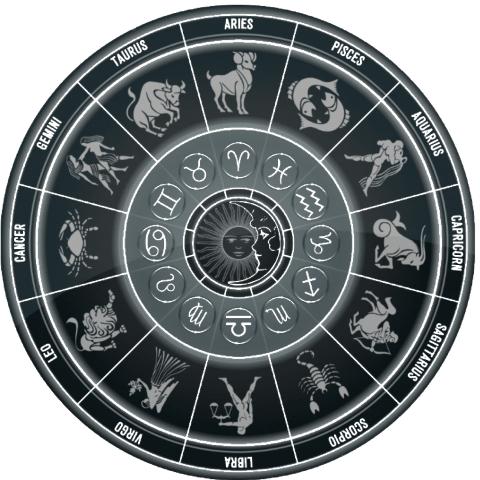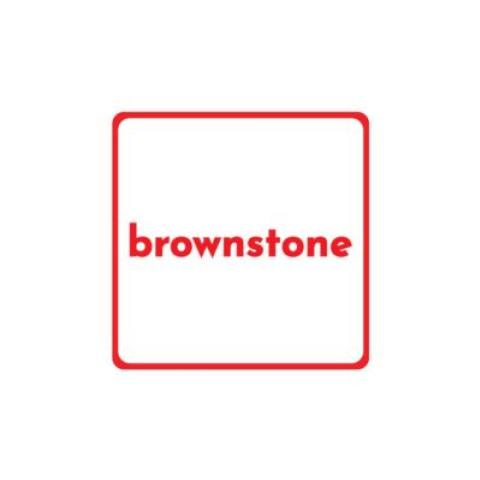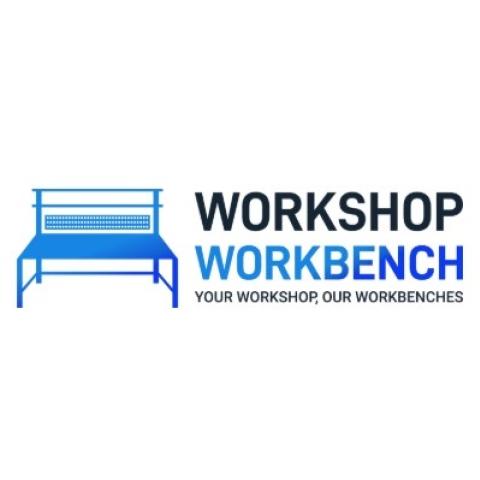Non-fungible tokens (NFTs) have transformed the digital asset landscape, creating unprecedented opportunities for creators and businesses. An NFT marketplace is a platform where users can buy, sell, and trade NFTs securely. To Build an NFT Marketplace from scratch requires strategic planning, robust development, and a clear understanding of the blockchain ecosystem.
Why Should You Build an NFT Marketplace?
Building an NFT marketplace from scratch offers numerous advantages that cater to businesses, creators, and tech enthusiasts alike. With the rapid growth in NFT adoption across industries such as art, music, and gaming, creating an NFT marketplace dedicated to NFTs provides a lucrative opportunity. Here are several reasons to consider developing an NFT marketplace:
1. Capitalize on Growing Trends
The global NFT market is expanding exponentially, with millions of dollars in daily sales. By launching an NFT marketplace, businesses can ride this wave of popularity, positioning themselves at the forefront of this digital revolution. This proactive approach ensures relevance and competitiveness in an emerging industry.
2. Empower Digital Creators
An NFT marketplace offers creators a powerful tool to monetize their work. Artists, musicians, and game developers can tokenize their creations, reaching a global audience without intermediaries. This empowerment not only increases revenue streams but also fosters creativity by providing direct access to a supportive community.
3. Diversify Revenue Streams
Operating an NFT marketplace opens the door to multiple monetization opportunities, such as transaction fees, listing fees, and premium memberships. These revenue models provide consistent cash flow, ensuring the platform's sustainability and profitability.
4. Encourage Innovation
NFT marketplaces are hubs for technological advancements and creative ideas. Businesses can differentiate themselves by offering unique features, such as fractional ownership of NFTs, exclusive memberships, or integration with virtual worlds. Such innovations can attract a wider user base, enhancing the platform's market position.
5. Enhance Brand Visibility
Building an NFT marketplace positions your brand as a tech-forward entity, boosting its visibility and reputation. Businesses that adopt emerging technologies like blockchain early often benefit from increased trust and recognition within their industry. This advantage not only attracts users but also encourages partnerships with other forward-thinking companies.
Key Features of a Successful NFT Marketplace
1. User-Friendly Interface
A seamless user experience (UX) is crucial. Ensure intuitive navigation, clear instructions, and responsive design.
2. Wallet Integration
Support popular crypto wallets like MetaMask, Trust Wallet, and Coinbase Wallet for transactions.
3. Advanced Search and Filters
Implement robust search functionality, enabling users to find NFTs by category, creator, or price.
4. Minting Functionality
Allow creators to mint their NFTs effortlessly, supporting diverse file types.
5. Secure Transactions
Integrate blockchain technology to ensure transparency and immutability of transactions.
6. Multi-Currency Support
Facilitate payments with multiple cryptocurrencies to attract a global audience.
7. Ratings and Reviews
Enable users to leave feedback to build trust and transparency.
Step-by-Step Guide to Building an NFT Marketplace from scratch
Step 1: Define Your Niche
Choose a specific niche to create your own NFT marketplace, such as:
- Digital Art
- Gaming Assets
- Music and Audio
- Virtual Real Estate
Focusing on a niche allows for tailored features and a dedicated audience.
Step 2: Choose the Right Blockchain
Select a blockchain that aligns with your goals. Popular options include:
- Ethereum: Known for its robust NFT standards (ERC-721 and ERC-1155).
- Solana: Offers low transaction fees and fast processing.
- Binance Smart Chain (BSC): A cost-effective alternative.
Step 3: Design the Platform
Create wireframes and design prototypes. Focus on:
- Intuitive Navigation
- Appealing UI/UX
- Mobile Compatibility
Step 4: Develop Smart Contracts
Smart contracts automate processes like minting, listing, and transactions. Hire experienced blockchain developers to write secure and efficient smart contracts.
Step 5: Integrate Wallets
Add crypto wallet integration for seamless deposits and withdrawals. Ensure compatibility with widely used wallets.
Step 6: Build the Backend
Focus on scalability, security, and performance. Use robust frameworks and programming languages such as:
- Node.js
- Python
- Ruby on Rails
Step 7: Develop the Frontend
Choose a front-end framework like React or Angular to ensure a dynamic and responsive user interface.
Step 8: Testing
Conduct rigorous testing to identify and fix bugs. Include:
- Security Testing: To prevent breaches.
- Performance Testing: To handle high traffic.
- Usability Testing: To ensure a smooth user experience.
Step 9: Deploy and Launch
Launch the NFT Marketplace on a live server. Opt for a phased rollout to monitor performance and gather user feedback.
NFT Marketplace Development Cost
The cost of NFT marketplace development varies based on features, complexity, and the blockchain chosen. Here's a detailed breakdown:
- Blockchain Development: Blockchain integration can cost between $10,000 and $50,000 depending on the chosen platform and customization required.
- UI/UX Design: Designing a user-friendly interface typically costs $5,000 to $15,000.
- Smart Contract Development: Developing secure and efficient smart contracts can range from $5,000 to $20,000.
- Testing and Deployment: Ensuring a bug-free and optimized marketplace involves costs of $3,000 to $10,000.
Overall, the cost of creating an NFT marketplace from scratch can range from $30,000 to $100,000. Adding advanced features like cross-chain compatibility or metaverse integration may increase the budget further.
Monetization Strategies for NFT Marketplaces
1. Transaction Fees
One primary monetization method is charging a percentage fee for every transaction completed on the marketplace. For instance, NFT Marketplace can implement a 2% to 5% fee for each sale, ensuring a consistent revenue stream as users trade NFTs.
2. Listing Fees
Creators may be charged a nominal fee to list their NFTs on the platform. This monetization strategy encourages serious creators to use the platform while generating a steady income. Depending on the platform's popularity, listing fees can range from $10 to $100 per NFT.
3. Premium Features
Offer exclusive features, such as advanced analytics, personalized dashboards, or early access to new collections, through a subscription-based premium membership. NFT Marketplace's added benefits provide value for users willing to invest more in their experience.
4. Ads and Promotions
Enable creators to promote their NFTs through paid advertisements or featured slots on the marketplace. This can be an effective way for creators to gain visibility while providing the NFT Marketplace with another revenue source.
Challenges in Building an NFT Marketplace
1. Regulatory Compliance
One of the biggest challenges is navigating the regulatory landscape. NFT marketplaces must comply with various laws related to intellectual property, taxation, and anti-money laundering (AML). Developing a legal framework and working with compliance experts are crucial to avoiding potential legal issues.
2. Security Risks
The decentralized nature of blockchain can make it a target for cyberattacks. NFT Marketplace must implement robust security measures, including encryption, multi-signature wallets, and regular security audits, to protect users' assets and data from potential breaches.
3. Scalability Issues
As the NFT marketplace grows, handling a surge in users and transactions can strain the platform. Scalability challenges can be mitigated by leveraging Layer 2 solutions or implementing cross-chain functionality to distribute the load across multiple blockchains.
Future Trends in NFT Marketplaces
1. Integration with Metaverse
The fusion of NFTs with the metaverse is a game-changer. Virtual worlds increasingly adopt NFTs as assets for avatars, real estate, and other digital goods, reshaping how users interact within digital ecosystems.
2. Sustainability Focus
The environmental impact of blockchain technology has sparked a shift toward eco-friendly alternatives. Blockchains like Tezos and Flow are gaining traction for their energy-efficient protocols, making sustainability a central focus for future NFT marketplaces.
3. Interoperability
Cross-chain compatibility is set to revolutionize NFT trading. Platforms that support multiple blockchains will allow users to trade assets seamlessly across different networks, enhancing accessibility and user experience.
Conclusion
Building an NFT marketplace from scratch is a rewarding endeavor that requires strategic planning, technical expertise, and market awareness. However, achieving a seamless NFT marketplace is no easy feat. Partnering with an experienced NFT marketplace development company can streamline the process, ensuring secure blockchain integration, feature-rich design, and optimal performance. By leveraging professional expertise, businesses can create an NFT Marketplace that stands out in the competitive NFT landscape.






